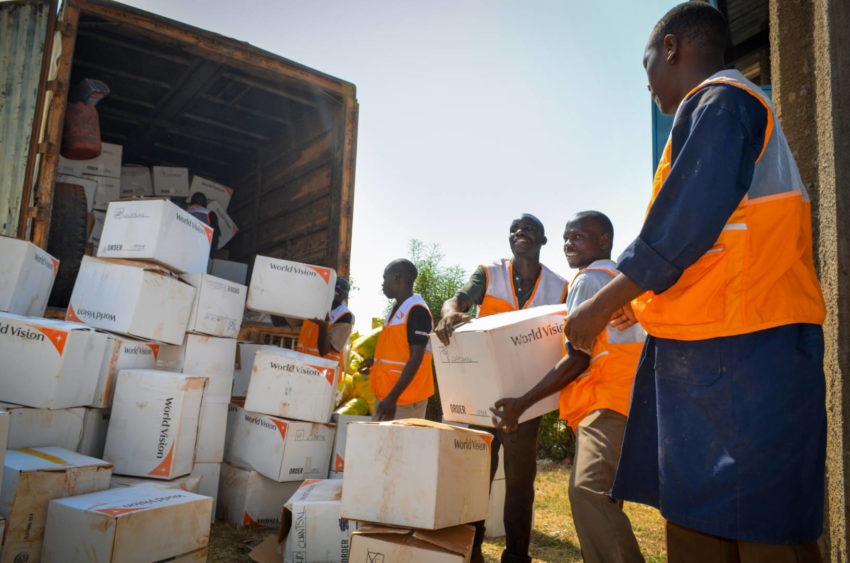From typhoons in Southeast Asia to earthquakes in Central America, World Vision’s global emergency responders launch into action when disaster strikes. Here’s how it works.
Before disaster strikes
World Vision is ready for immediate response to crises and natural disasters worldwide.
- Disaster response fund is ready.
- Pre-positioned emergency relief supplies are stockpiled in multiple international locations.
- World Vision employs 600+ disaster experts worldwide.
- Disaster preparedness plans help people evacuate ahead of natural disasters that provide some warning, like typhoons.
- First-aid and first-responder training prepare community members to act.
Within 24 hours
- World Vision staff on the ground, often local, provide first aid and search and recovery. They also begin delivering immediate aid, including food, clean water, hygiene kits, blankets, and tarps.
- World Vision’s global rapid response team deploys to the disaster area.
Within 72 hours
- Pre-positioned relief supplies arrive from regional warehouses.
- World Vision’s global rapid response team works with local staff and the local government to assess needs and determine the most vulnerable populations.
- Communication and media coordination begin to provide images, video, and stories.
First week
- World Vision staff specialists — in water and child protection, for example — arrive.
- Delivery and distribution of survival supplies continue in damaged communities. Urgent needs are addressed, such as temporary shelter, access to essential health services, and safe spaces, especially for vulnerable children.
First month
- World Vision continues to provide assistance with temporary shelter, food, water, sanitation, hygiene, and healthcare.
- Long-term recovery plans are developed in partnership with communities.
Long-term recovery
- World Vision works alongside communities to develop resilience during recovery — working to ensure communities rebuild stronger and are better prepared for future emergencies.
- Depending on the needs, recovery can include reviving livelihoods and securing permanent housing, clean water, sustainable food sources, and education.


